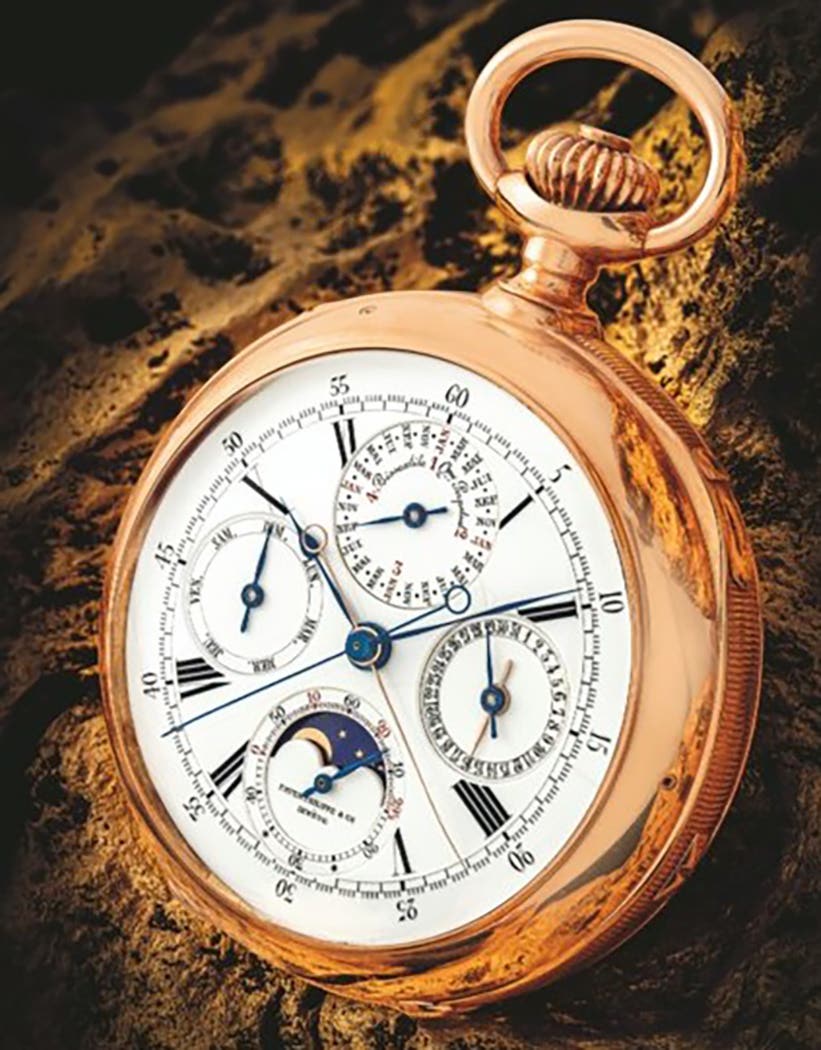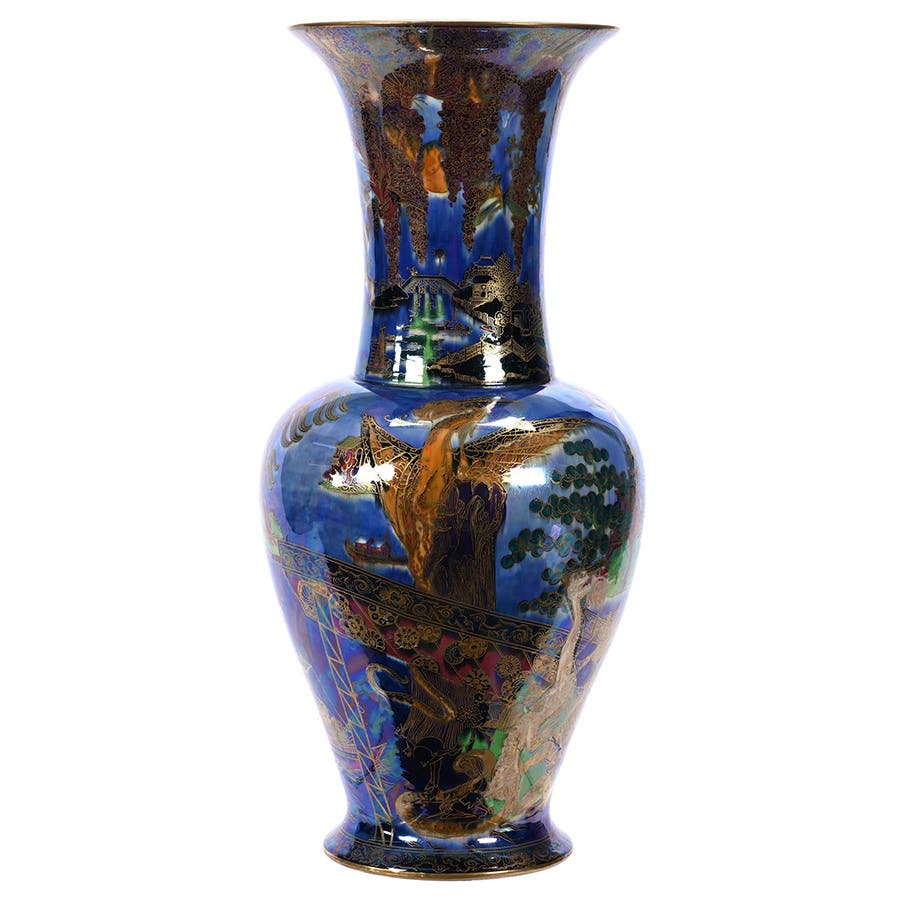Fordite: Turning industrial waste into treasure
For each car painted from the 1950s-1970s, another layer of enamel was added to the hardened mosaic of colored slag that would come to be known as Fordite.
By David McCormick
What exactly is Fordite
The old adage still rings true: “Everything old is new again.” Industrial waste produced by the auto industry during the 1960s has been transformed into industrial treasure.
Detroit was not only in the business of turning out cars; it was also the laboratory from which a new form of industrial art evolved. According to www.fordite.com, in auto plants such as Ford’s River Rouge factory in Dearborn, Michigan, auto workers applied enamel paint with handheld spray guns. Colors with names like Prairie Bronze, Vintage Burgundy and Nightmist Blue coated the quarter panels, fenders and doors of the 1960s Ford Galaxies and Fairlanes.
The paint overspray, resulting from handheld spray guns, hung heavy in the air before settling onto the racks, on which the car bodies were placed. The cars were then rolled into the ovens; there the paint was baked to a hard finish.
During the 1960s and 1970s in the Detroit auto industry, this same scene reoccurred over and over again. For each newly painted car, another layer of enamel was added to the hardened mosaic of colored slag already on the racks. When the build-up became too thick and impeded production, the hardened enamel would be removed using a chisel. This automotive debris is best known by the generic term Fordite. (Although tied to the auto industry, Fordite has no association with the Ford Motor Company.)
At some point, auto workers, possibly lapidary hobbyists, became interested in these bits of solidified enamel in rainbows of color. A number of examples are reminiscent of the psychedelic ’60s; others display a series of multi-colored bands, still others whirled geometric patterns. And the colors: deep maroons and reds; hues of green and blue that coat today’s classic cars.
Painting car bodies in this manner, except for special runs or work done in custom paint shops of today, are long gone and the slag along with them. Contemporary electrostatic painting process produces no such residue. This byproduct of that outmoded method of painting cars and trucks employed up until the mid 1970s is also appropriately known by other names, two of which are Detroit Agate and Motor Agate.
Paint becomes jewelry
Motor Agate jewelry designer Cindy Dempsey first came across the material in the mid 1970s while she was living near the shores of Lake Michigan. One day, an auto-worker friend of the family showed up with a few chunks of hardened Fordite that he called paintrock. His paintrock specimens were ragged edged clumps of several colors.
As with natural precious and semi-precious stones, value is subjective and authenticity can be an issue. According to Dempsey, owner of Urban Relic Design, “the quality and provenance of the ‘rough’ (the name given the raw Fordite) is important in determining the value, but the latter is hard to validate sometimes.” She goes on to say, “There are clues to its origin ... Fordite’s distinct smell, released while cutting into a chunk, lets me know if a piece of ‘rough’ (aka slag) is authentic vintage material or not.” Dempsey added, “The material is also very fragile.”
Fordite’s somewhat soft texture offers easy cutting and unlike precious and semi-precious minerals/stones, the supply of the man-made raw Fordite is finite. When applying enamel paint with hand sprayers ceased no more of that industrial ‘rough’ was produced; as a result large, colorful pieces are becoming more scarce; searching for them is akin to working played out gold mines that existed in California over a century ago. Dempsey, when looking for rough, scours locations such as rock and gem shows.
Fordite was harvested from other auto plants throughout the country, as well as from auto plants in Great Britain, but Detroit and its environs, as the Motor Metropolis, have bragging rights as to its location of origin. So it is fitting that Fordite is known by the terms Detroit Agate and Motor Agate. This latter label has been trademarked by Cindy Dempsey.
Former auto workers and their families, as well as classic car enthusiasts, have caches of Motor Agate tucked away in tool boxes, auto body shops, garages, attics and cellars. Tons of the ‘rough’ are probably buried in old landfills. Interest in vintage Fordite is a sixties and seventies thing, and those from that era might recognize the colors of their early automobiles within the whorls and multi-colored, layered bands of a piece of polished Motor Agate.
Today lapidaries offer spectacular examples of cut, shaped and polished Fordite; artists and jewelers create beautiful pieces for men and women—rings, cuff links, earrings, pendants and key-chain fobs, made with bits of those vintage Galaxies and Fairlanes.
David McCormick holds a master’s degree in Regional Planning from the University of Massachusetts. He was employed by the City of Springfield, Mass., for several years. Now retired, McCormick works as a freelance writer whose articles have appeared in Naval History, Elks Magazine and Wild West Magazine.
AntiqueTrader.com is a participant in the Amazon Services LLC Associates Program, an affiliate advertising program designed to provide a means for sites to earn advertising fees by advertising and linking to Amazon.com and affiliated websites.








